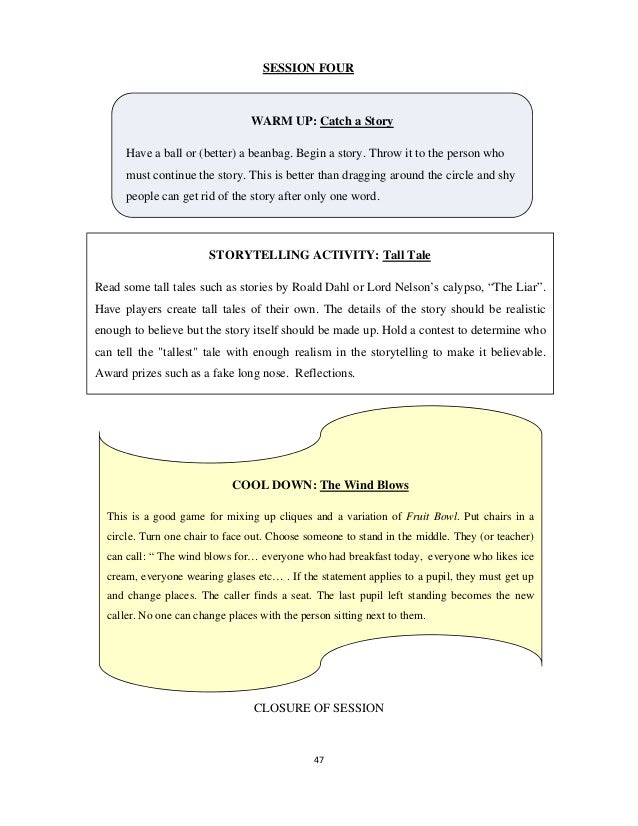Make The Teacher Walk The Plank Game Instructions
Find and save ideas about Walking the plank on Pinterest. See more ideas about Walk the plank game, Pirate games for kids and Pirate party.
Walk The Plank Walk The Plank Task 131. Years 2 - 10 Summary The pirate captain decides that on the rolls of the dice you will either walk the plank and be eaten by sharks, or be lucky enough to return to the boat unharmed - for the moment! This story shell context can be seen as a game with a probability component affecting the time it takes to play the game; or as a model for teaching integer arithmetic using the number line. Materials. One playing board and two markers.
Two special dice:. one marked B, B, B, S, S, S. one marked F1, F2, F3, B1, B2, B3 Content. basic number skills. location and operation on the number line. collecting and organising data.
displaying data. using statistics to interpret and compare data.
concept of positive and negative numbers. integer arithmetic Iceberg A task is the tip of a learning iceberg. There is always more to a task than is recorded on the card. One dice shows whether to start each move by facing the sharks or the boat. The other tells you whether to walk forward or backward when you are facing that way.
It also tells you how many steps (sections on the plank) to take. The players start in the middle section. The card suggests one direction of the iceberg. If the time of a game is measured by the number of turns until a conclusion, then the length of the plank will be one factor affecting the time of the game.

The card asks students to make a judgement about which length of plank provides the 'best game' and to justify their response. This could be answered on a value judgement basis, or it could be answered by calling on some mathematics. Encourage students to make several trials of each possible plank length to gather data about the likely number of turns in each case. Levon lyrics. Making a judgement about the best game can now include making a table, drawing graph of some form and/or using statistics such as range, mode, median or mean, perhaps in the context of advertising a 'new game' which is 'not too long and not too short'. The other direction of exploring the iceberg provides a model for visualising integer arithmetic. When we are young we are taught to 'add' on a number line that starts at zero and extends to the right. 1 + 2 means to start on 1 and walk forward 2.
The word forward implies that you are facing somewhere and the implication is that you are facing the 'bigger' end of the line when you start walking. However there are really four common sense considerations in this one dimensional world. Standing on any number we can face either end of the number line. Given we know which way we are facing we can walk forwards or backwards. Imagine yourself standing on +3 and facing the positive direction:. Where do you finish if you walk forward 4 steps?.
Where do you finish if you walk backward 4 steps? Imagine yourself standing on +3 and facing the negative direction:.
Where do you finish if you walk forward 4 steps?. Where do you finish if you walk backward 4 steps? These four operations are equivalent to:. +3 + +4 = +7. +3 - +4 = -1. +3 + -4 = -1. +3 - -4 = +7 The + and - (positive and negative) tell you where to start and which way to face.
The + and - (addition and subtraction) tell you whether to walk forward or backward. The symbols are deliberately different because they provide different information. Try the same exercises beginning on -3. You can find a different model of integer arithmetic in Task 130,.
Whole Class Investigation Tasks are an invitation for two students to work like a mathematician. Tasks can also be modified to become whole class investigations which model how a mathematician works. This is a great investigation to begin outside with a plank chalked on the asphalt.
Some teachers have even been known to dress up as the evil captain forcing students to walk the plank. (If you do this don't forget the parrot on the shoulder.) Once the situation has been explored outside, invite students to return to the classroom and create a table top model to represent it. For example, if you have Poly Plug, the red plugs can be lined up as the plank steps and a yellow/blue plug can be the condemned person. However, what will the students use as the special dice? Perhaps two colours of normal cube dice defined such that:. Yellow. Even means 'face boat' and Odd means 'face shark'.
1, 2, 3, means walk forward 1 or 2 or 3 and 4, 5, 6 means walk backward 1 or 2 or 3. Use these models to develop either section of the iceberg suggested in the notes above. For more ideas and discussion about this investigation, open a new browser tab (or page) and visit Maths300 Lesson 32, Walk the Plank, which includes an Investigation Guide, companion software and Classroom Contributions from both primary and secondary classes, including a PowerPoint display from a Year 4/5 class. Visit Walk The Plank in. Is it in Maths With Attitude? Maths With Attitude is a set of hands-on learning kits available from Years 3-10 which structure the use of tasks and whole class investigations into a week by week planner. The Walk The Plank task is an integral part of:.
Teacher Walk The Plank Game
MWA Chance & Measurement Years 3 & 4 The Walk The Plank lesson is an integral part of:. MWA Number & Computation Years 7 & 8 Follow this link to page.